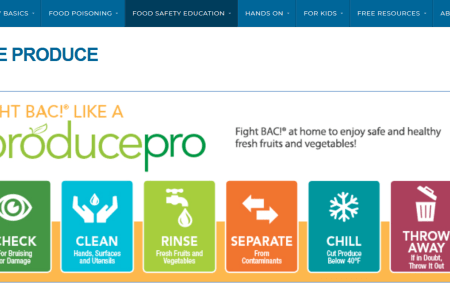
Revisions to the WIC Food Packages
The final revisions to the WIC food packages are now published! Visit the FNS WIC Food Packages page to access the final rule, answers to common questions, and other information.
The final changes align with the latest nutrition science and provide more - more variety, more choice, and more flexibility for participants, as well as more support for breastfeeding participants to meet their individual goals. As with the previous revisions to the food packages, the scientifically based changes are designed to provide under-consumed nutrients to, and improve the nutrition and health of, WIC participants while also accommodating special dietary needs and personal and cultural food preferences.
WIC State agencies have up to two years to implement most of the changes to the food packages for participants. You can find information about implementation timelines in the final rule, linked to on the FNS WIC Food Packages page.
Additional Resources:
Social Media Posts to share messaging about the revised WIC food packages.
Background
Key considerations for the final changes to the WIC food packages include:
- Science-based recommendations from the National Academies of Science, Engineering, and Medicine, which conducted an independent review of the WIC food packages and of the nutritional needs of those eligible for WIC. Recommendations are provided in a 2017 report, Review of WIC Food Packages: Improving Balance and Choice.
- The Dietary Guidelines for Americans (DGA), 2020-2025, which is the first iteration to include specific recommendations for women who are pregnant or lactating, infants, and children under age 2 years.
- Information in the FDA-EPA’s 2021 Advice about Eating Fish, a science-based resource that supports the recommendations of the DGA.
- Nearly 17,000 comments on the proposed rule received from a variety of stakeholders, including WIC State and local agencies, WIC participants, professional organizations and associations, advocacy groups, health care professionals, universities, members of Congress, and industry.
- Program administration and the intent of the food packages, which are supplemental and designed to fill key nutritional gaps.

 WIC Works Resource System
U.S. Department of Agriculture
WIC Works Resource System
U.S. Department of Agriculture



